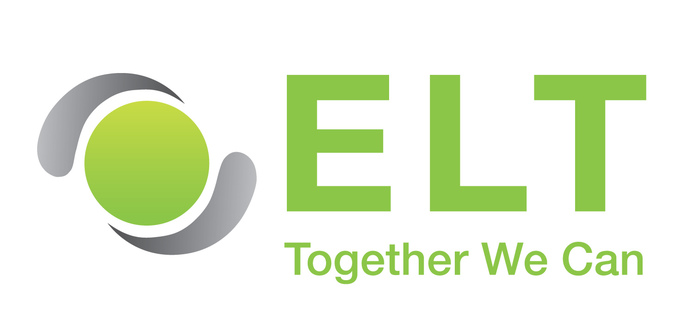Phonics
"Reading is to the mind what exercise is to the body " Joseph Addison
At St Andrew’s, the teaching of systematic phonics is aimed for all children to become fluent readers by the end of Key Stage 1 to support their transition into Key Stage 2. Using the Read, Write Inc. strategies in phonics lessons allows the children to embed them in their learning daily when in engaging in all reading and writing activities. Children read books in line with their phonic knowledge which allows them to broaden their vocabulary, develop understanding of formal and informal situations, as well as strengthen their comprehension skills for reading. Phonics is structured in a yearly and termly sequence to ensure focused coverage, with retrieval points built in to ensure children progress in their reading ability, are ready for the following year group, as well as the annual phonics screening check in Year 1.
What does our approach to Phonics look like?
|
Learning the letters and sounds |
Learning blending and segmenting |
Applying phonic knowledge to reading and writing |
Comprehension |
|
We develop children’s knowledge of letters and sounds by: |
We encourage independent blending and segmenting by: |
We develop word reading and fluency by: |
We teach comprehension skills through: |
|
|
|
|
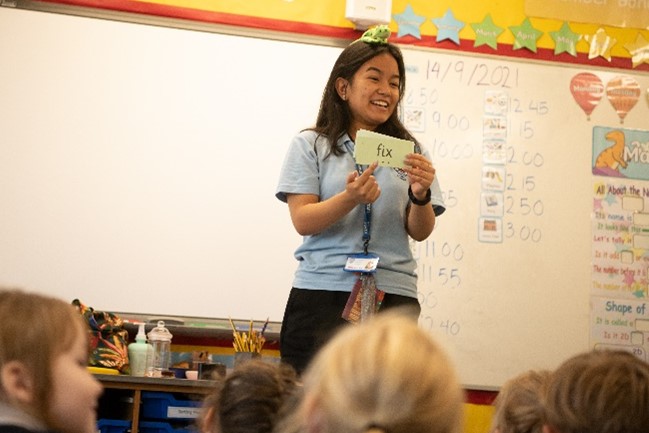
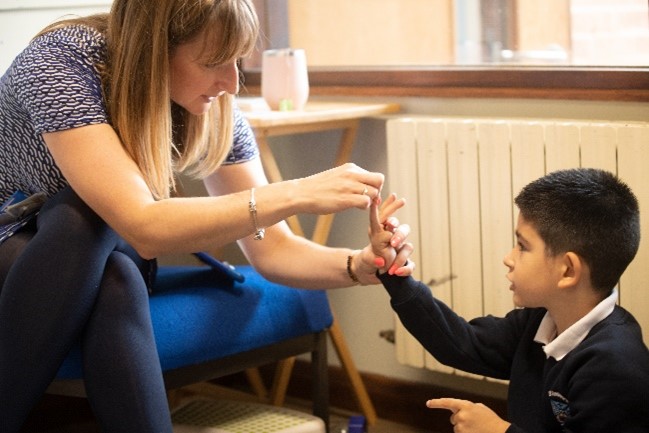
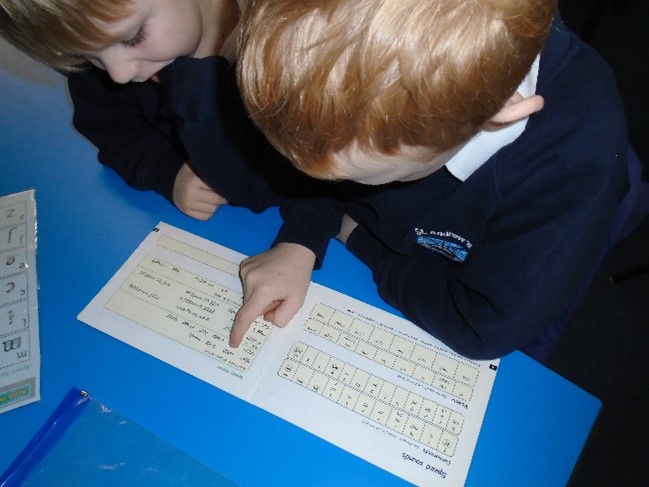
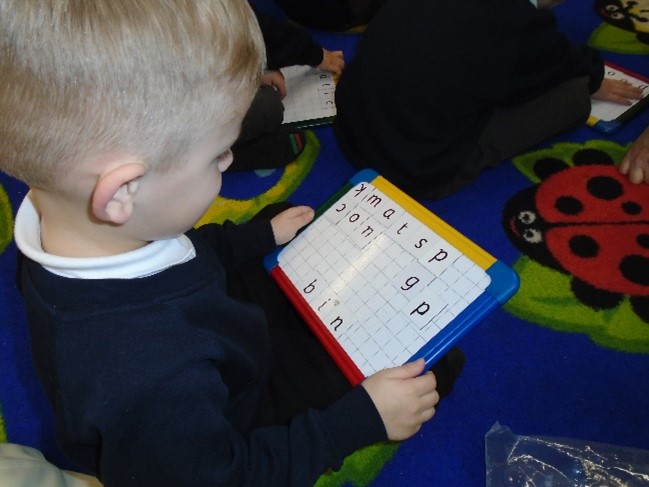
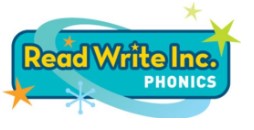
Read Write Inc. (RWI) is a systematic phonics programme which helps children learn to read fluently and at speed so they can focus on developing their skills in comprehension, vocabulary and spelling. We begin the programme in Reception and will continue teaching RWI to children until they can read fluently.
RWI was developed by Ruth Miskin and more information on this can be found at https://ruthmiskin.com/en/find-out-more/parents/.
Set 1
Set 1 Sounds are taught in the following order together with rhymes and pictures to help children to recognise and remember sounds ready for blending. Each sound is also accompanied by a handwriting phrase to help them form the shape of the letter/s. We do not use letter names at this early stage.
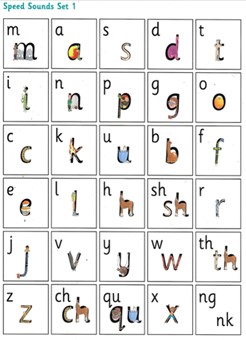
Word Time
Alongside their sound learning children begin to learn how to blend sounds together to read words using their friend Fred the frog. Fred says the sounds and children help him to blend them together into a word; this begins with oral blending (the teacher saying the sound) and as the children become more confident they build words independently with magnetic letters to read words independently.

Set 2 & 3
When the children are confident with all their set 1 sounds they are taught Set 2 Sounds (the long vowels). Then they move onto Set 3 which teaches children that there are different spellings of the same sounds, for example, they learn that the sound ‘ay’ can be written ay, a-e and ai. We use phrases to help them remember each sound for example, ay, may I play, a-e – make a cake.
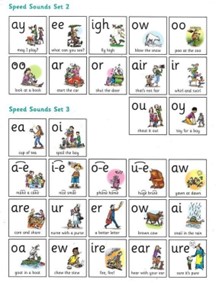
Alien (Nonsense) Words
As well as learning to read and blend real words children will have plenty of opportunities to apply their sound recognition skills on reading ‘Alien Words’. This is a good opportunity for teachers to check the children’s sound and blending in reading completely unfamiliar words. These words feature heavily in the Year One Phonics Screening check in the summer term.
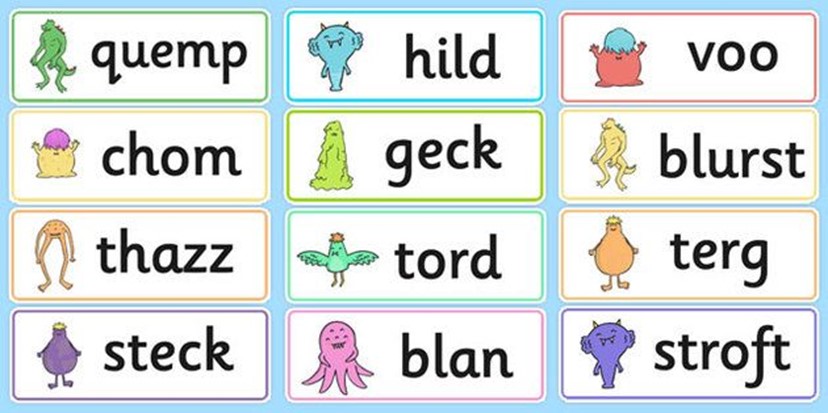
Reading
Once children can read independently reading books are introduced. Before they read the story, they sound out the names of characters and new words, practise reading any of the ‘red’ words (words that do not follow a common spelling pattern). The teacher then shares a thought-provoking introduction to get them excited about the story and predict what might happen in the story.
Then, over three to five days, children read the story three times: first to focus on decoding the words carefully; the second to help them read the story fluently; and on the third, to read it as a storyteller with a focus on punctuation and expression. In between the reads the teacher plays games with the children such as ‘jump in’ to help build the children’s fluency of the text. After the children are confident with a story we talk about it together for example, how characters might be feeling and why.
Alongside their book at school the children also take another book home to read, which is matched phonetically to the book they have read in school.
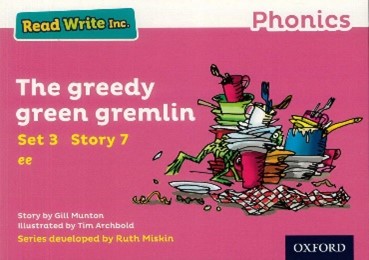
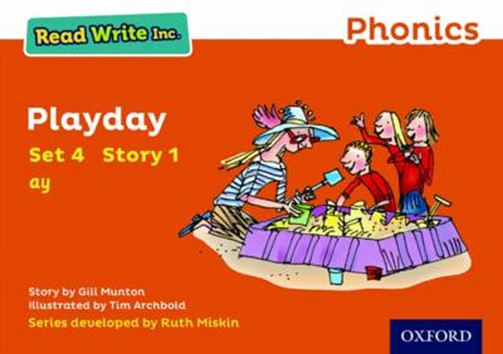
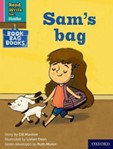
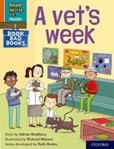
Spelling
We teach children to spell using ‘Fred Fingers’: we say a word and then children pinch the sounds onto their fingers and write the word, sound by sound. As the children move into Set 3 sounds we discuss which alternate spelling is needed.
Glossary
|
Phoneme |
The smallest unit of sound in a word represented by single letters or groups of letters. For example cat (3 phonemes) c-a-t, fright (4 phonemes) f-r-igh-t |
|
Grapheme |
How the sound is written. |
|
Blending |
To read a word by saying the individual sounds then joining (blending) those sounds together to form the whole word for reading. |
|
Segmenting |
To write or spell a word by listening to the sounds in the word and choosing the graphemes (letters) to represent each sound. |
|
Special Friends (Digraph/Trigraph) |
Special friends are a combination of two or three letters representing one sound, e.g. ck, ay, igh, oa. |
|
Fred Talk |
Fred the Frog helps children read and spell. He can say the sounds in words, but he can’t say the whole word, so children have to help him. To help children read, Fred (the teacher) says the sounds and then children say the word. For example, Fred says c-a-t, children say cat, Fred says l-igh-t, children say light. |
|
Fred in your Head |
Once children can sound out a word, we teach them to say the sounds silently in their heads. We show them how to do this by: 1. whispering the sounds and then saying the whole word; 2. mouthing the sounds silently and then saying the whole word; 3. saying the whole word straight away. |

